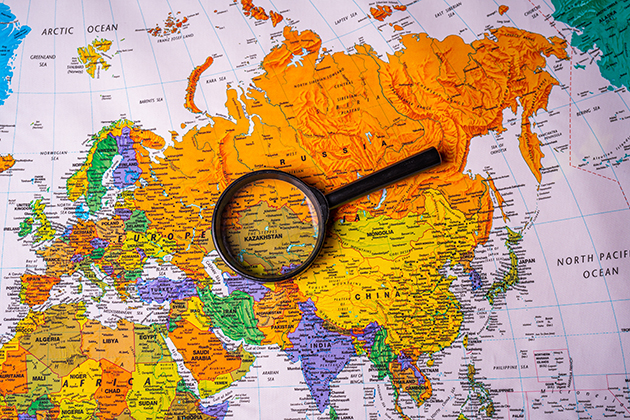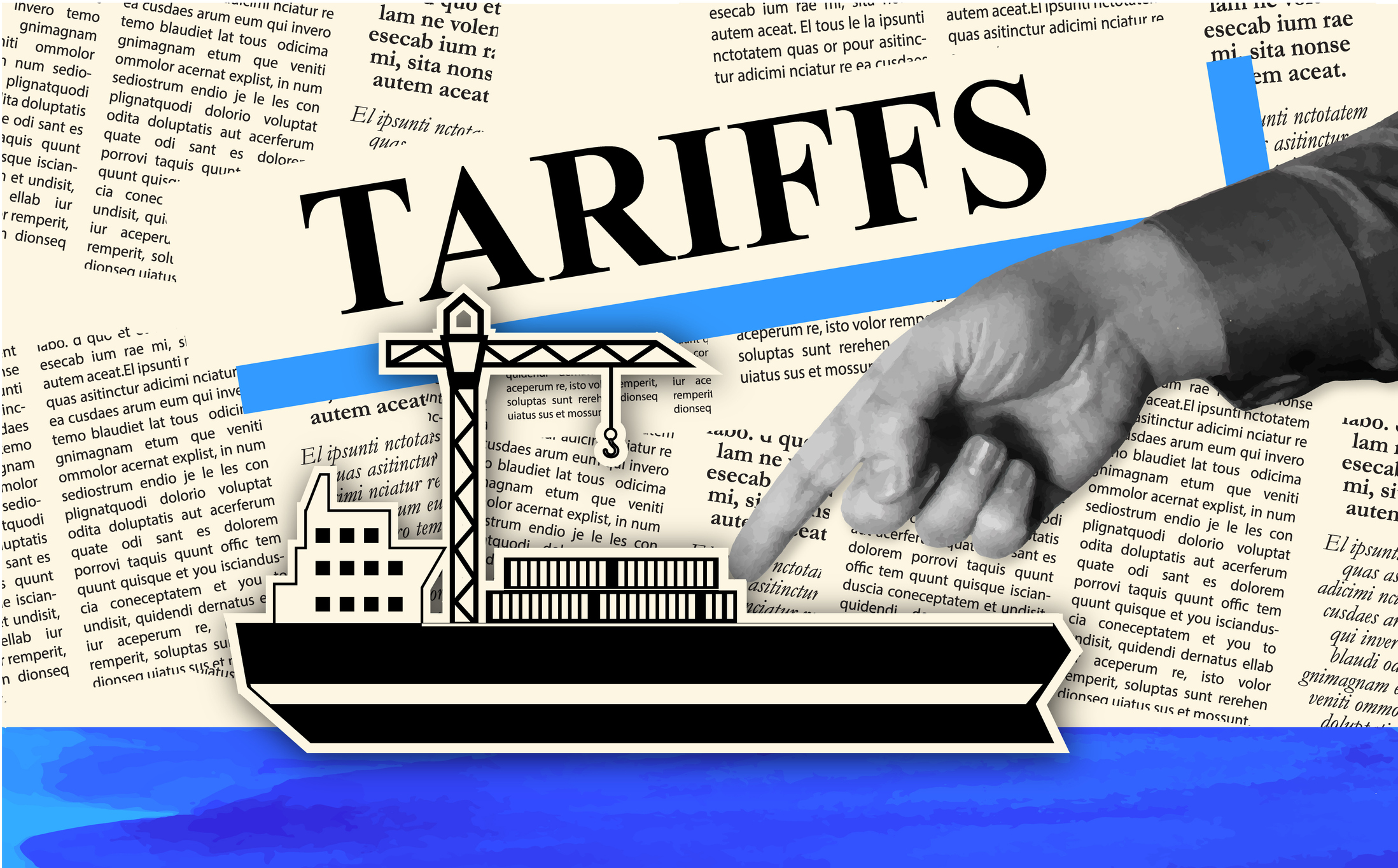A comprehensive economic analysis of Eurasia and the Caucasus in 2025, featuring GDP growth, inflation trends, sectoral performance, and policy challenges—with the latest IMF and World Bank data. According to the International Monetary Fund (IMF), the combined Central Asia and Caucasus region is expected to grow at an estimated 3.5% in 2025, supported by structural reforms and strong investment flows. Meanwhile, the World Bank projects average GDP growth at 2.5% across developing Europe and Central Asia in 2025–26, hampered by subdued demand and geopolitical tensions. Within this broader context, growth in the South Caucasus is forecast at about 3.5%, and Central Asia at 4.7%.
Economic Analysis of Eurasia: Macroeconomic Trends
GDP Growth
- Central Asia: Kazakhstan and Uzbekistan remain the engines of regional growth. The World Bank estimates Central Asia’s real GDP growth at 4.7% in 2025–26, citing Kazakhstan’s oil sector and remittances as key drivers.
- South Caucasus: Growth is projected at 3.5% on average in Armenia, Azerbaijan, and Georgia in 2025–26, buoyed by foreign investment and trade dynamics.
- Russia & Turkey: Russia’s growth is expected to slow notably—from 4.3% in 2024 to around 1.3% in 2025–26—as sanctions and fiscal tightening bite; Turkey is forecast at 3.3%.
Inflation & Monetary Conditions
- In Russia, inflation remains above 10% in early 2025, despite monetary tightening to 21% policy rates, with inflationary pressures driven by fiscal spending and labor constraints.
- Georgia reports inflation rising from 1.1% in 2024 to 3.6% in 2025; Armenia keeps inflation low (~0.3% in 2024, forecast at 3.2% in 2025); and Azerbaijan stands at 6.3% in May 2025.
Risks & Vulnerabilities
- External demand risk: Weak global demand dampens exports across the region.
- Geopolitical uncertainty: Conflicts (Ukraine, Nagorno-Karabakh), trade tensions, and defense spending crowd out social and productive investment.
- Commodity dependency: Oil-dependent Kazakh and Azerbaijani economies are vulnerable to price swings.
- Defense spending: Defense budgets in many countries (e.g., Armenia, Kazakhstan, Azerbaijan) have surged, reducing resources for education, R&D, and infrastructure.
- Financial fragility: Despite solid GDP, the region’s banking sectors face unclear asset quality and exposure to external shocks.
Economic Analysis of Eurasia: Country Snapshots
Kazakhstan
- GDP: Estimates for 2025: US $301 billion nominal, with 5.6% growth.
- Inflation: ~8.7% in 2024; this figure recovered after strong earlier hikes.
- Policy: Diversification via special economic zones (14 SEZs), the Astana International Financial Center, and reforms targeting foreign investment.
- Risks: Vulnerable to oil price fluctuations and weaker external demand.
Georgia
- GDP Nominal: US $35.35 billion in 2025; real growth cooling to 5.0% in 2025 from 9.4% in 2024.
- Inflation: Forecast rising to 3.6% in 2025 from 1.1% in 2024.
- Labor: Unemployment remains high (~13.9%), with wages averaging US $610 per month.
- Growth drivers: Tourism, trade logistics, and research on rail Silk Road expansion.
Armenia
- GDP: Estimated US $26.26 billion in 2025, up from US $25.5 billion in 2024 (5.9% growth).
- Inflation: Around 0.3% in 2024, rising to 3.2% in 2025.
- Structure: Services dominate (~55%), with substantial contributions from agriculture (17%) and industry (28%).
- Reforms: EU accession bid progressed in March–April 2025; CEPA deepens market integration and attracts FDI.
- Risks: High unemployment (~13%), reliance on remittances (~14% of GDP), fiscal deficits and public debt (~48% debt/GDP), and regional security tensions.
Azerbaijan
- GDP: US $78.87 billion nominal in 2025; growth slogs from 4.1% in 2024 to 3.5% in 2025, stabilizing further to 2.5%.
- Inflation: 6.3% as of May 2025.
- Export-dependence: Oil and gas constitute 66% of GDP and 90% of export revenues.
- Finance: External debt is moderate (~20% of GDP); reserves strong (~US $70 billion).
- Challenges: Limited diversification, corruption, weak private sector—majority of labor still state-employed.
Sectoral Dynamics & Drivers
Energy & Commodities
Oil and gas remain central, especially in Kazakhstan, Russia, and Azerbaijan. Russian output dipped to 9.1 mb/d in early 2025, while policy constraints and sanctions limit growth. Weakening commodity prices pose significant risk.
Services & Tourism
Georgia and Armenia benefit from robust tourism; Georgia is developing rail corridors and logistics infrastructure. Both countries are diversifying into ICT and logistics.
R&D & Innovation
Georgia: A 2024 study finds that a 30–35% increase in R&D (especially AI) could boost GDP by ~$61.7bn over nine years, potentially improving its credit rating.
Region-wide: defense spending threatens to crowd out R&D and infrastructure investments.
Remittances & Trade
Remittances—critical for Armenia (~14% of GDP)—are susceptible to economic fluctuations in Russia. Exports in Armenia and Georgia benefit from trade agreements with the EU—CEPA arrives at near-FTA status.
Policy Responses & Recommendations
To navigate medium-term challenges, policymakers should:
- Prioritize diversification away from fossil fuels—special economic zones and financial centers in Kazakhstan are positive but need replication.
- Strengthen trade integration with Europe—Armenia’s EU bid and Georgia’s logistics push are strategic.
- Invest in innovation—expand R&D and spillovers from defense to civilian tech, possibly via DARPA-style models.
- Maintain monetary stability—keep inflation anchored while avoiding tight constraints that could stunt growth.
- Improve governance—combat corruption, enhance financial transparency, and encourage SME development.
Outlook & Risks
Looking ahead to 2026–27, the region may see moderate growth:
- Central Asia: ~4.7%, South Caucasus ~3.5%.
- Europe & Central Asia region: ~2.6%, below pre-2019 averages.
Risks: Prolonged global trade fragmentation, sustained defense spending, commodity price correction, slowdown in Russia and Turkey, and renewed geopolitical conflicts (especially Ukraine).
Upside potential: EU integration gains, R&D-led productivity, Chinese-led infrastructure initiatives (e.g., BRI), and global commodity recovery.
Summary
Economic Analysis of Eurasia and the Caucasus in 2025 face a complex mix of modest growth potentials and structural risks. With aggregate GDP growth forecast between 3–5%, stability varies: energy-rich Kazakhstan and Azerbaijan remain exposed to commodity volatility, while Georgia and Armenia harness growth through tourism, logistics, and integration with Europe. To foster resilience, countries must diversify economies, invest in innovation, stabilize monetary frameworks, and enhance governance.
This economic outlook underscores the need for strategic policies to sustain growth, reduce vulnerabilities, and unlock long-term development in this geopolitically dynamic region.





